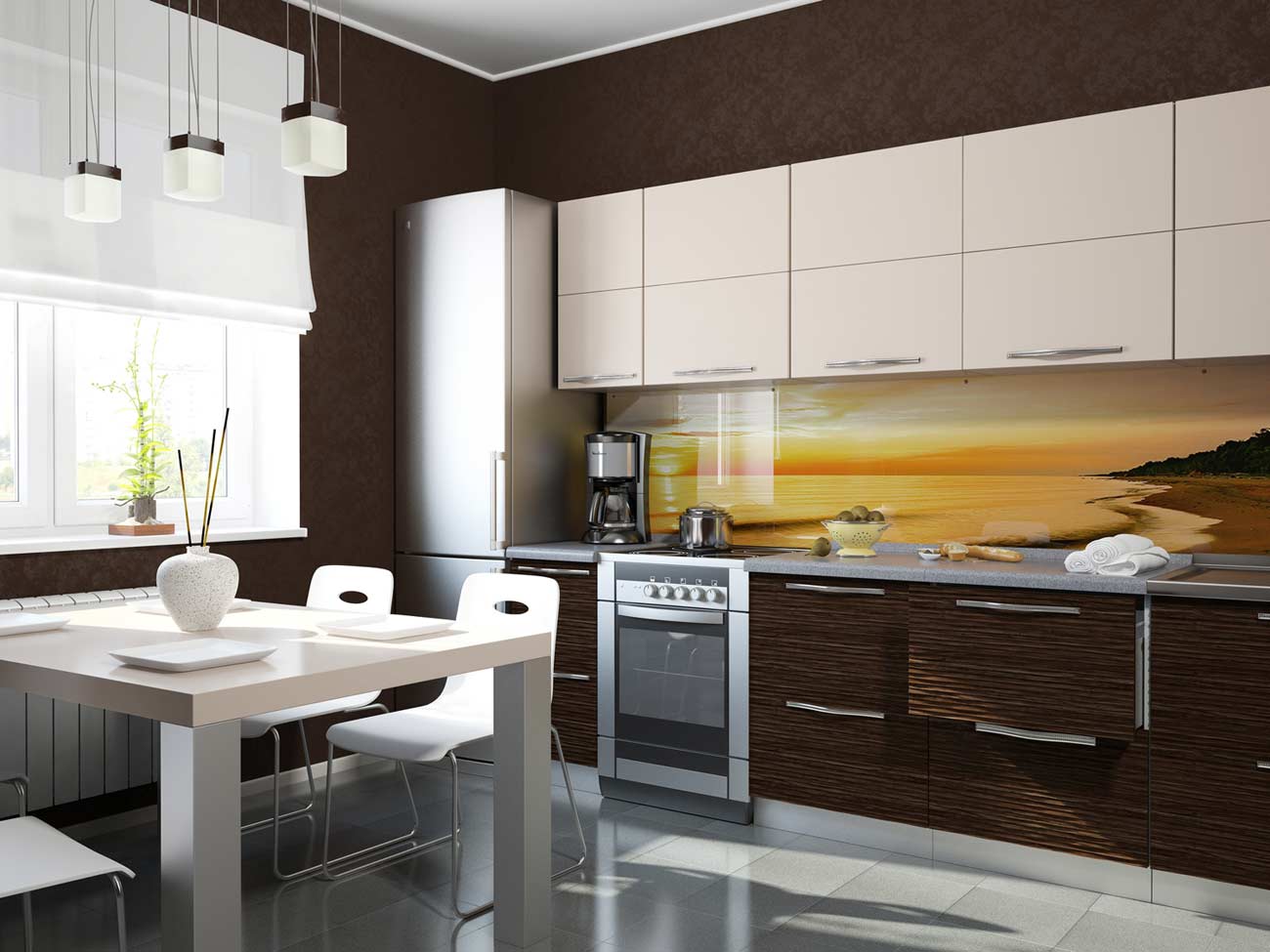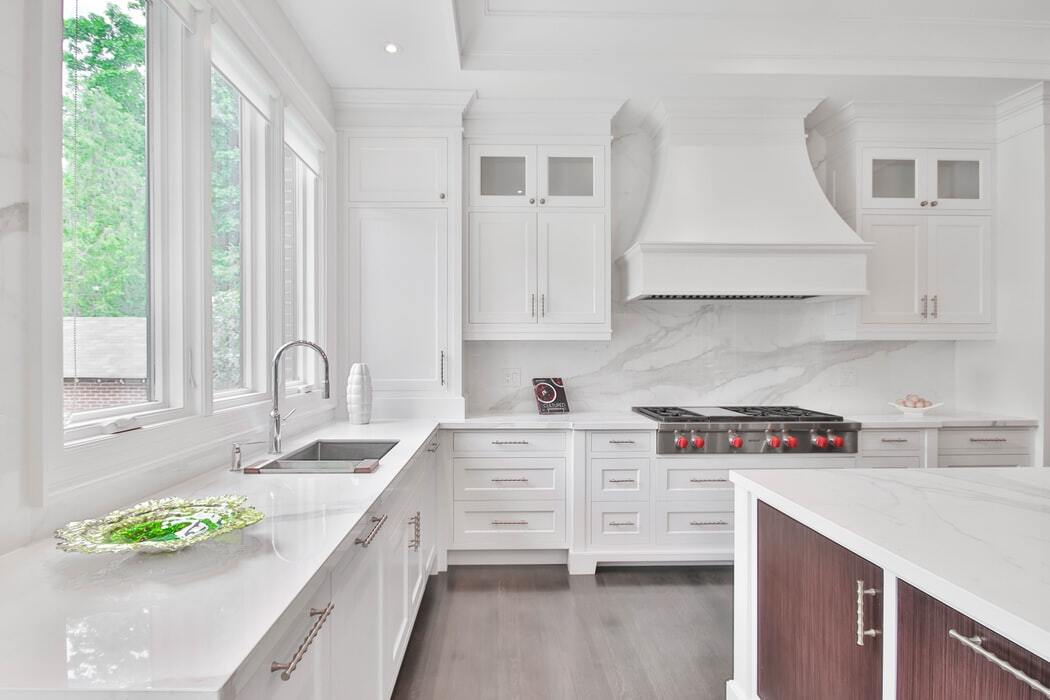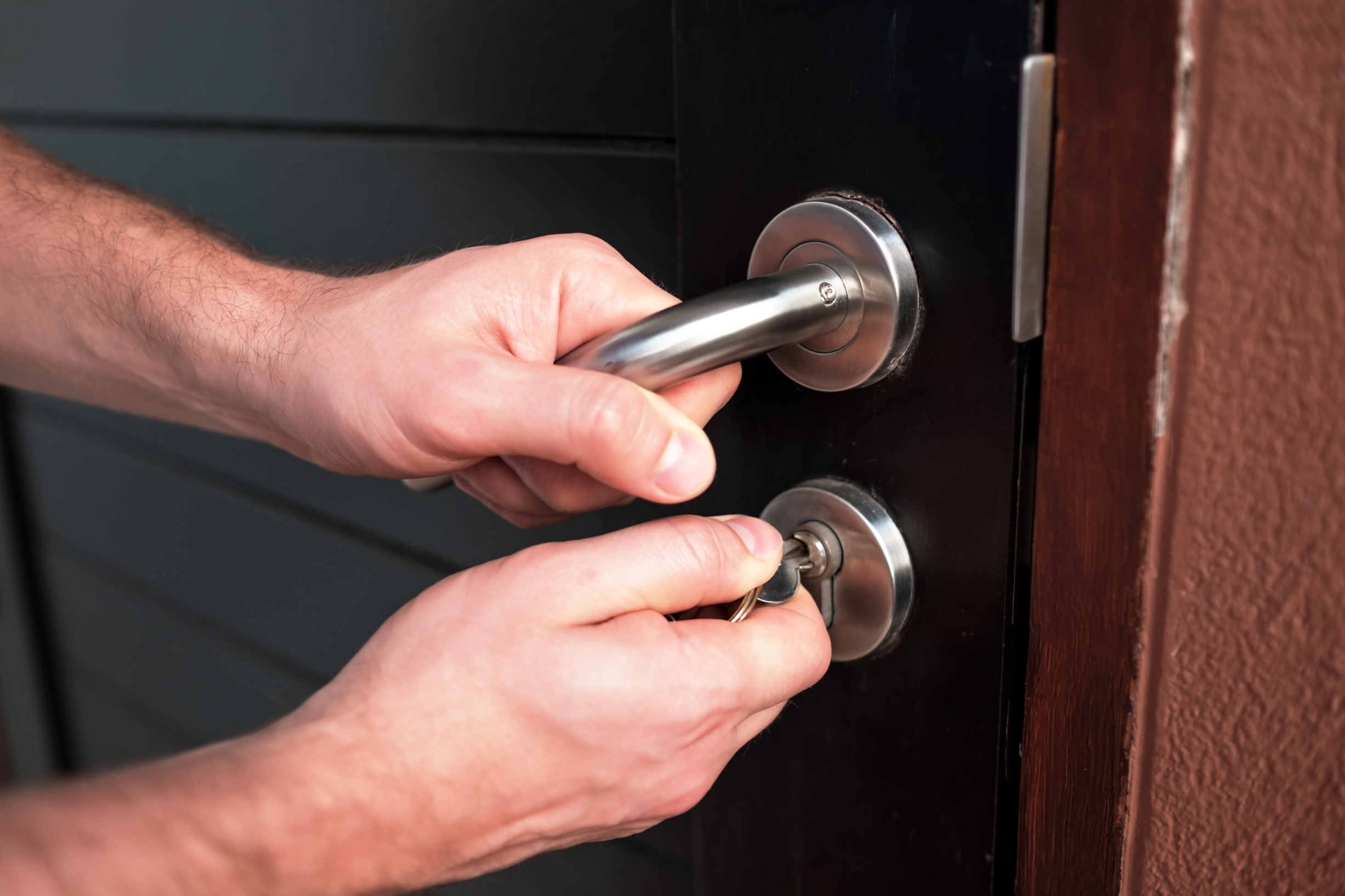If you're looking to give your kitchen a fresh new look, installing wall panels is a great way to do it. Not only do they add texture and depth to your walls, but they also protect them from moisture, grease, and other kitchen-related stains. But if you've never installed wall panels before, the process can seem daunting. Don't worry, we've got you covered. Follow these simple steps for a successful kitchen wall panel installation.1. How to Install Kitchen Wall Panels
Installing kitchen wall panels yourself is not as difficult as it may seem. With the right tools and materials, you can transform your kitchen in a matter of hours. Plus, doing it yourself can save you a significant amount of money compared to hiring a professional. Just make sure to read and follow the manufacturer's instructions carefully, and you'll have beautiful new kitchen walls in no time.2. DIY Kitchen Wall Panel Installation
Before you begin, make sure to measure your walls and purchase enough panels to cover the entire area. Start by removing any existing trim or molding around your walls. Then, using a stud finder, locate and mark the studs on your wall. This will help you determine where to place your panels for secure installation. Next, cut your panels to fit around any outlets, switches, or other obstacles on your wall. Finally, apply construction adhesive to the back of the panel and press it firmly against the wall, making sure it is level. Repeat this process for each panel, making sure to leave a small gap between each one for expansion.3. Step-by-Step Guide for Fitting Kitchen Wall Panels
With so many options available, it can be overwhelming to choose the right wall panels for your kitchen. When making your decision, consider the style of your kitchen, the level of maintenance you're willing to commit to, and your budget. Some popular choices include PVC, laminate, and wood panels, each with its own unique benefits. PVC panels are durable and easy to clean, while laminate panels offer a variety of designs and textures. Wood panels provide a natural, rustic look, but require more maintenance to keep them looking their best.4. Choosing the Right Kitchen Wall Panels for Your Space
To ensure a smooth and successful installation, there are a few things you can do. First, make sure to prepare your walls properly by cleaning and removing any old wallpaper or paint. This will ensure a strong bond between the panels and the wall. Additionally, use a level to make sure your panels are installed evenly and maintain a consistent gap between each one. Finally, take your time and double-check your measurements to avoid any mistakes.5. Tips for a Successful Kitchen Wall Panel Installation
While installing kitchen wall panels is a relatively simple process, there are some common mistakes that can be easily avoided. One of the most common mistakes is not preparing the walls properly, which can lead to panels not adhering properly or bubbling. Another mistake to avoid is not leaving enough room for expansion between panels, which can cause buckling and warping. Lastly, make sure to use the correct type of adhesive recommended by the manufacturer to ensure a strong bond.6. Common Mistakes to Avoid When Fitting Kitchen Wall Panels
Before you begin your installation, make sure you have all the necessary tools and materials. These may include a stud finder, level, measuring tape, circular saw or jigsaw, construction adhesive, caulk gun, and a utility knife. It's also a good idea to have sandpaper and paint on hand for any touch-ups or finishing touches.7. Tools and Materials Needed for Fitting Kitchen Wall Panels
Accurate measurements and precise cuts are crucial for a successful wall panel installation. Start by measuring the length and height of your wall, taking into account any outlets or obstacles. Then, transfer these measurements onto your panels, making sure to leave a little extra room for adjustments. Use a circular saw or jigsaw to make your cuts, and test the fit before applying adhesive. If any adjustments need to be made, use a utility knife to trim the panels accordingly.8. How to Measure and Cut Kitchen Wall Panels
If your kitchen already has tiled walls, you may be wondering if you can install wall panels over them. The answer is yes, you can, but there are a few extra steps involved. First, make sure the tiles are clean and free of any dirt or grime. Then, lightly sand the tiles to create a rough surface for the adhesive to bond to. Finally, use a strong adhesive recommended for use on tiles and follow the same installation process as you would for bare walls.9. Installing Kitchen Wall Panels Over Existing Tiles
To keep your kitchen wall panels looking their best for years to come, it's important to properly maintain and care for them. Regularly clean them with a mild soap and water solution, and avoid using harsh chemicals or abrasive sponges. If you notice any scratches or damage, use sandpaper to smooth them out, and touch up with paint or a sealant if necessary. With proper care, your wall panels will continue to add beauty and functionality to your kitchen for a long time.10. Maintenance and Care for Kitchen Wall Panels
Fitting Kitchen Wall Panels: A Stylish and Practical Addition to Your Home

The Benefits of Kitchen Wall Panels
 Kitchen wall panels are an increasingly popular choice for homeowners looking to update their kitchen's design. These panels provide a sleek and modern look, while also offering practical benefits that make them a great addition to any kitchen.
One of the main benefits of
kitchen wall panels
is their durability. Unlike traditional tiles, which can easily crack or chip,
wall panels
are made from sturdy materials such as PVC, acrylic, or laminate. This means they can withstand the wear and tear of a busy kitchen, making them a long-lasting and cost-effective solution.
Another advantage of
kitchen wall panels
is their ease of maintenance. Unlike grout lines in traditional tiles,
wall panels
have a smooth surface that is easy to wipe clean. This makes them a hygienic choice for a space where food is prepared, as there are no crevices for dirt and bacteria to build up.
Kitchen wall panels are an increasingly popular choice for homeowners looking to update their kitchen's design. These panels provide a sleek and modern look, while also offering practical benefits that make them a great addition to any kitchen.
One of the main benefits of
kitchen wall panels
is their durability. Unlike traditional tiles, which can easily crack or chip,
wall panels
are made from sturdy materials such as PVC, acrylic, or laminate. This means they can withstand the wear and tear of a busy kitchen, making them a long-lasting and cost-effective solution.
Another advantage of
kitchen wall panels
is their ease of maintenance. Unlike grout lines in traditional tiles,
wall panels
have a smooth surface that is easy to wipe clean. This makes them a hygienic choice for a space where food is prepared, as there are no crevices for dirt and bacteria to build up.
Design Options and Customization
 With a wide range of colors, patterns, and finishes available,
kitchen wall panels
offer endless design possibilities. Whether you want to create a bold statement with a vibrant color or achieve a sleek and modern look with a high-gloss finish, there is a
wall panel
option to suit every style and taste.
But beyond standard design options,
kitchen wall panels
can also be customized to fit your specific kitchen layout. They can be cut to size and shape, allowing for a seamless look and the ability to cover any size or shape of wall. This makes them a versatile choice for any kitchen, whether large or small.
With a wide range of colors, patterns, and finishes available,
kitchen wall panels
offer endless design possibilities. Whether you want to create a bold statement with a vibrant color or achieve a sleek and modern look with a high-gloss finish, there is a
wall panel
option to suit every style and taste.
But beyond standard design options,
kitchen wall panels
can also be customized to fit your specific kitchen layout. They can be cut to size and shape, allowing for a seamless look and the ability to cover any size or shape of wall. This makes them a versatile choice for any kitchen, whether large or small.
Easy Installation
 One of the main reasons homeowners choose
kitchen wall panels
is their ease of installation. Unlike traditional tiles, which require precise measuring and grouting,
wall panels
can be easily installed with adhesive. This saves time and effort, making it a great DIY project for those looking to update their kitchen on a budget.
In addition,
wall panels
can be fitted over existing tiles, making them a convenient solution for those looking to refresh their kitchen without the hassle of removing old tiles.
In conclusion,
kitchen wall panels
are a stylish and practical addition to any home. With durability, easy maintenance, customization options, and easy installation, they offer a cost-effective and versatile solution for updating your kitchen's design. So why not consider
fitting kitchen wall panels
for your next home renovation project?
One of the main reasons homeowners choose
kitchen wall panels
is their ease of installation. Unlike traditional tiles, which require precise measuring and grouting,
wall panels
can be easily installed with adhesive. This saves time and effort, making it a great DIY project for those looking to update their kitchen on a budget.
In addition,
wall panels
can be fitted over existing tiles, making them a convenient solution for those looking to refresh their kitchen without the hassle of removing old tiles.
In conclusion,
kitchen wall panels
are a stylish and practical addition to any home. With durability, easy maintenance, customization options, and easy installation, they offer a cost-effective and versatile solution for updating your kitchen's design. So why not consider
fitting kitchen wall panels
for your next home renovation project?



















































































